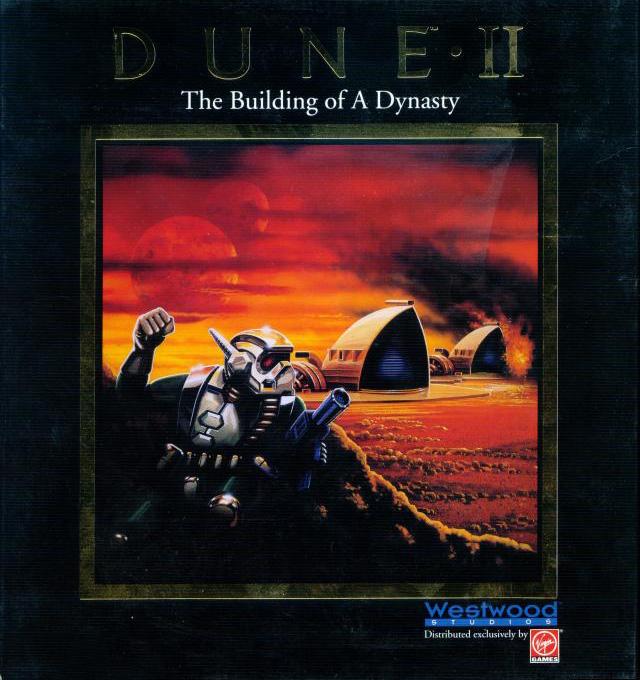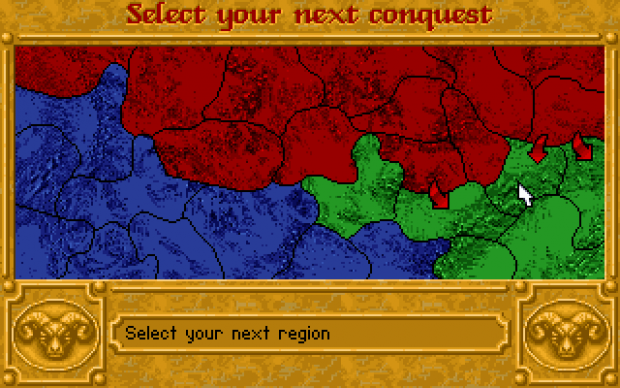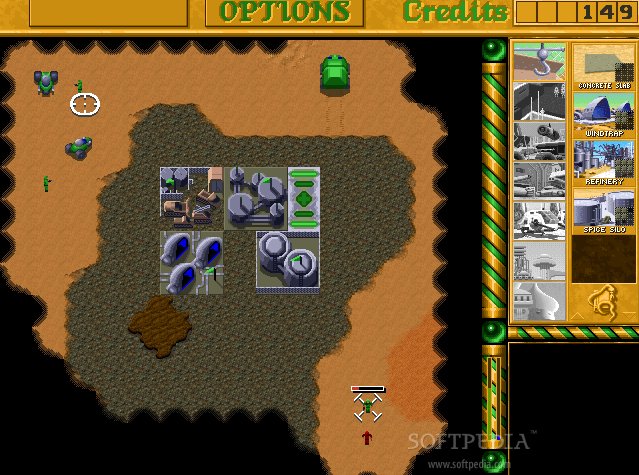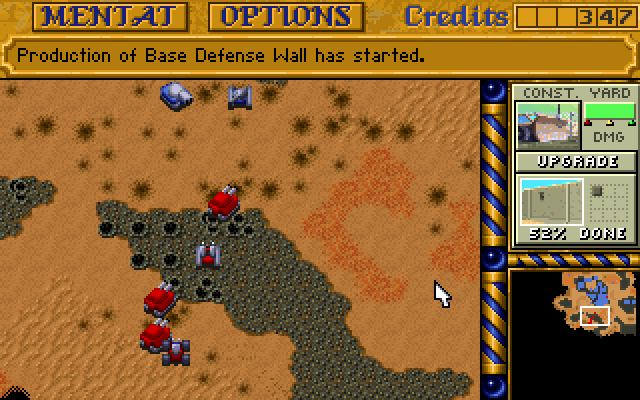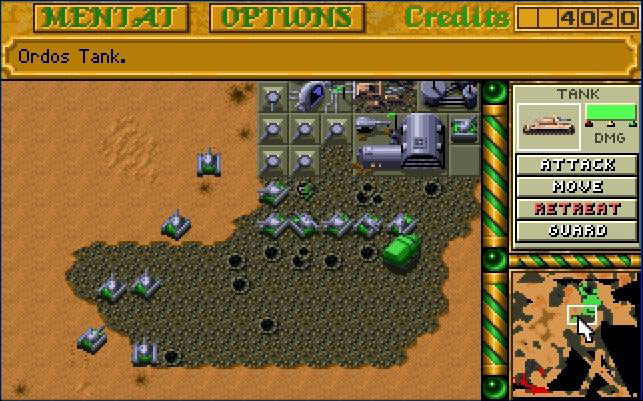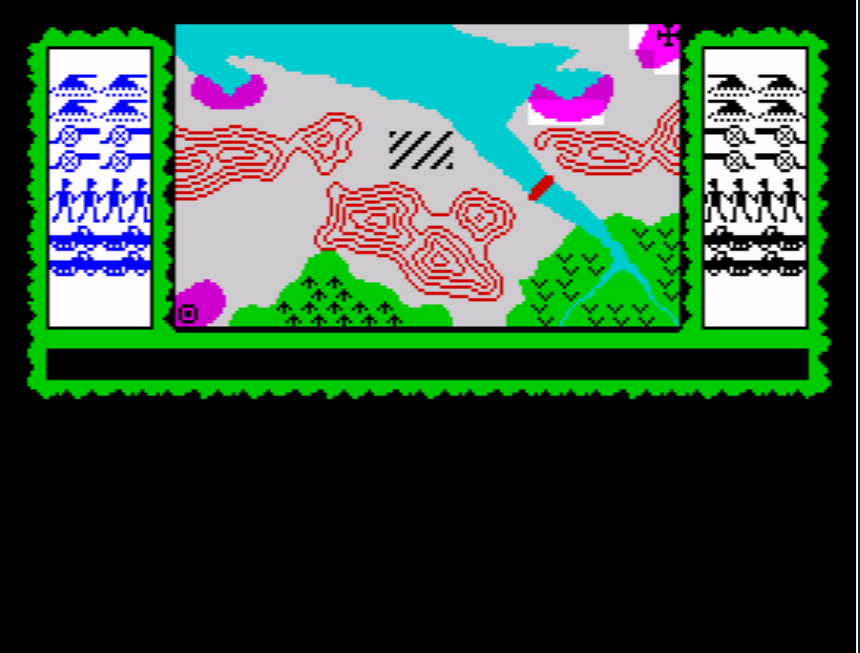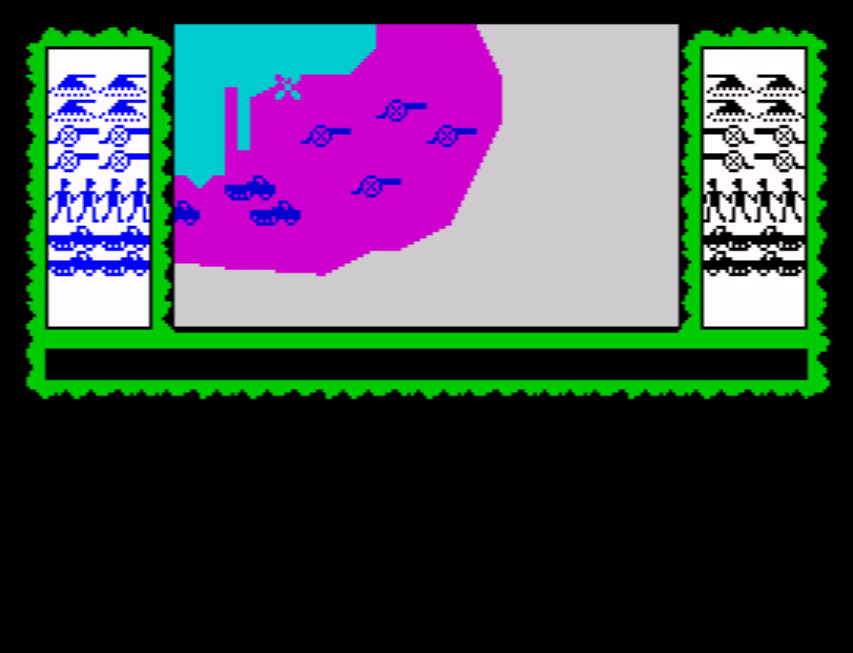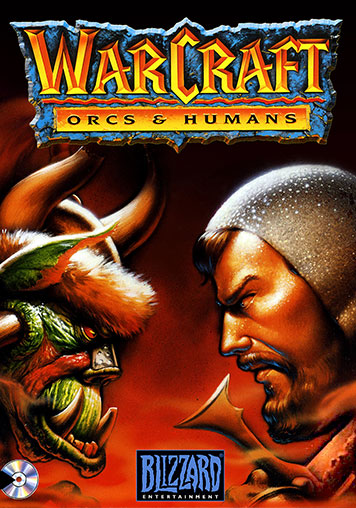
lok’tar ogar
Just around two years after the monumental RTS pioneer Dune II released, came its first descendant… Warcraft : Orcs and Humans.
Developed by Blizzard Entertainment in 1994, it’s easy to say that this title, more than any other, has defined and cemented Blizzard’s direction and soul to this day. Without this game, there would be no genre-perfecting StarCraft, no monumentally impacting World of Warcraft.
Warcraft was developed out of an admiration to the groundbreaking Dune II. After almost two years, no other studio released a similar title, though unbeknownst to them, Westwood Studios was working on its spiritual successor, Command & Conquer.
The folks at Blizzard saw potential in the RTS genre after having played Dune II. They also saw issues with it, something that would be the heart and soul of most RTS games… online multiplayer!
Although not the first RTS in that regard. Modem Wars in 1988 had the ability to play a human opponent through a modem connection. But Warcraft made it a staple, and certainly through the leaps of technology, a more fun and engaging experience.
Although it’s easy at first glance to call it a fantasy clone of Dune II, that would be a disservice to the innovations it brought to the genre.
Game Structure
Its campaign has over 24 missions split over two factions, orcs and humans. It features a CG intro to the game. Each campaign has a voiced intro, with a progressing storyline. Although it includes the collect X resource and destroy all opponents scenarios, it also adds creative new ones like defend the target, defeat a specific target, or build X building. It also has dungeon missions with just military units, a scenario type that will be heavily used in future Blizzard RTS games. They accomplished in creating a more engaging and varied campaign, an area that they will continually improve in each iteration.
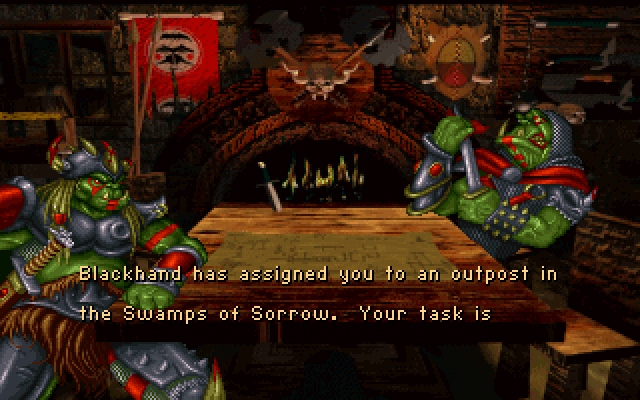
… to find Mankrik’s wife!
Gameplay
Blizzard made several improvements and changes that would be prominently adopted by successors in the genre.
Firstly, and most important, the game is more personal. Instead of barely discernible humanoids or mechanical vehicles, units in Warcraft are larger, more visible, more pronounced. You don’t control a squad. This zooms in the perspective and, in effect, adds more life and personality into the game.
Another big improvement in Warcraft from Dune is that units are more unique and even have special abilities and upgrades. Each unit feels like it has a purpose, clear pros and cons. This means that there is an added tactical feel to managing your units in battle. Spearmen are weak up close, but very effective at medium range, they need to be defended with Grunts, who are more resistant. Raiders are fast and strong, but expensive. Catapults are very slow and can’t fire up close, but can lay waste to whole groups of units in its blast radius. Warlocks can summons spiders or even an unstoppable Daemon.
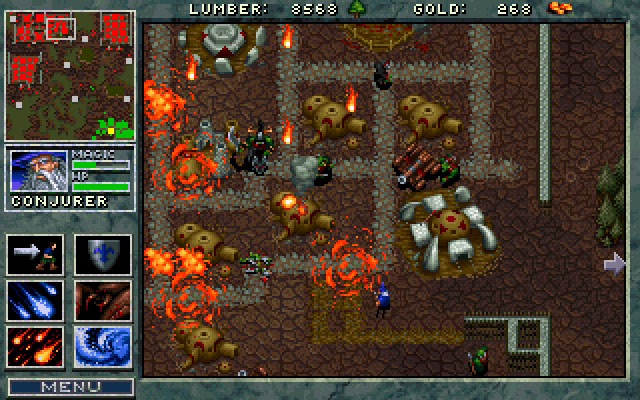
Wizard raining down some fire
There is fair amount of strategic choices a player can make with its unit composition. In Dune II, most of my strategies consisted of stacking combat tanks, rocket ranks, and siege tanks. I didn’t find a good use in mid to late games for infantry or light vehicles.
Also units with abilities limited by mana, like the warlock or the mage, later become standard in all other Blizzard RTS, and the catalyst for MOBAs like Dota. Units can also be upgraded with researched tech, like stronger attacks, defense, or new abilities. Tech trees are more prominent too. All the advanced buildings, like the Tower or Blacksmith, require certain buildings to be built. And those unlock new units to build in the barracks.
The starting building is mainly used to produce peons (the builder / gatherer unit). Through peons, you can build new buildings, repair them, or gather resources like gold or wood. They can’t fight, and can be killed easily. Future RTS will use this pattern heavily, such as the villager in Age of Empires, or the SCV in StarCraft.
This change in comparison to Dune II’s build mechanic, where you can construct a building and place it instantly, adds risk. The player can now destroy a building before its fully constructed, adding a vulnerability to the process. Also, they are a tangible link to the player’s economy and infrastructure.
There are a total of 2 gather-able resources, wood and gold. Wood can be gathered from trees, and gold can be gathered from sparse gold mines. The addition of another resource presents the player a choice of how they want to develop their economy, and with what priority. Though in most cases, gold is king, used for everything from units, buildings, repairs, and research tech. Wood is mostly for buildings and some special units.
There is another resource akin to Dune II’s power… food. Food is determined by how many farms you have. Food limits the amount of units you can build. It is a population soft cap. The more units you have, the more farms you must have already built.

Farms… farms everywhere!
The effect this has is that it helps prevent players from amassing a huge force quickly. And it also forces player to gather wood for building more farms.
The map design is also significantly improved. Maps include intentional chokes like bridges and strategically placed gold mines. They also streamlined the terrain types to just passable or impassable, and trees give the player a measure of control of adding additional paths through impassable forests.
The AI is also much improved compared to Dune II. They can determine your weakest access points to your base and send units there. Though it’s still fairly predictable and exploitable in its attack pattern.
A key missing feature from all previous RTS, that is synonymous with the genre now, is the multi-unit rectangle selection. It’s hard going to back to an old RTS like those before Dune, and having to manually order every individual unit. Though, for Warcraft, they decided to limit the selection to only 4 units at a time, citing that they wanted players to focus on tactical decisions, instead of sending hordes without much regard to them. I think in retrospect, this didn’t add a new tactical mindset, but only created frustrations in having to manage small groups at a time.
Presentation
Presentation wise for me, a big improvement. The art is vibrant, colorful, and well executed. They had artist who were accustomed to creating art for consoles like the SNES, which demanded overly saturated colors to combat the limitations of the display which dulled the colors. The music does a good job, and it includes higher number of voices and SFX than Dune II did.
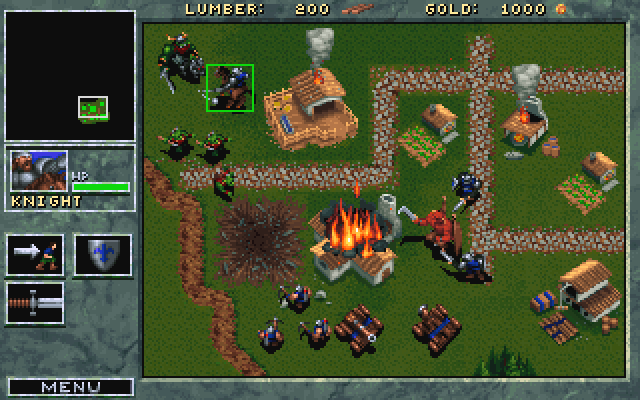
Clear and Present… presentation
Thoughts
Warcraft : Orcs and Humans is an improvement in all regards when compared to its progenitor. It’s also the foundation for the Blizzard of today. Demonstrated in physical form are some of Blizzard Entertainment’s core. Values like gameplay first and commitment to quality. Also the common poke at the studio about not being original and simply improving upon an already successful idea is not true. Part of the reason of doing this retrospective is to demonstrate the long line of evolution that follows a genre. To show that innovation comes from not just implementing new ideas, but also reworking other ideas that may have failed or not been given the spotlight before. And buffing it up at the end with a little bit of the good ol’ “Blizzard polish”.

